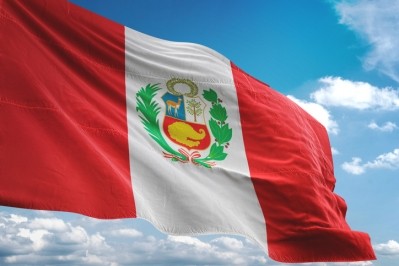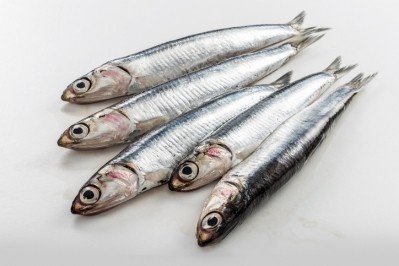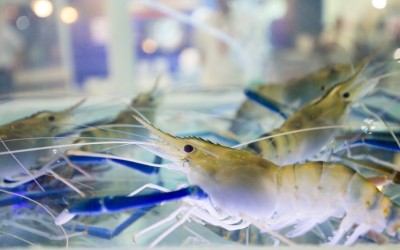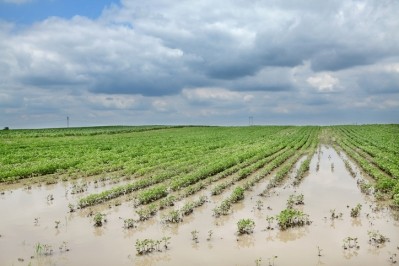Weather challenges could tank fishmeal production in Peru by 25%
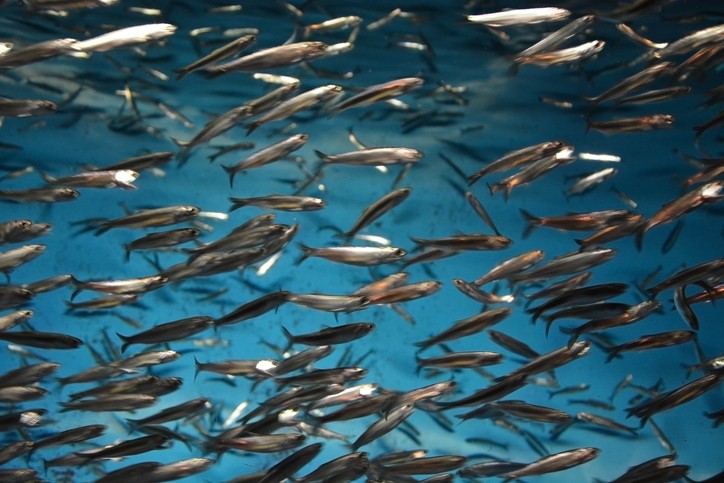
The US Department of Agriculture released details regarding anticipated production during the marketing year 2910/2020, running through December 2019, earlier this month in a Global Agricultural Information Network report from the Foreign Agricultural Service.
Overall, production in Peru is forecast to drop about 25% from the previous year, dropping to 890,000 metric tons, the senior agricultural specialist said. However, exports for the marketing year are anticipated to increase.
“Peru is the largest fishmeal producer in the world, accounting for about 18% of the world’s production,” he said.
“Warmer waters caused by an El Niño will likely drive fish south and to deeper depths in search of cooler waters, reducing total catch for fishmeal,” he said. “Peru’s total catch for anchovy (Engraulis ringes), or anchoveta, in MY 2020/2021 is expected to rebound to 5m metric tons (MMT) as water temperatures cool down to normal temperatures.”
Fishmeal production and use
Warmer water temperatures from the El Niño Southern Oscillation climate pattern are expected to reduce the fish catch needed to produce fishmeal, the specialist said.
“Total catch for reduction into fishmeal in MY 2019/2020 is also estimated to drop by 25% compared to the previous year,” he added.
Peru experiences two main fishing seasons, the first runs from April to July for the country’s north-central coast, and from February to June for the southern coast, he said. A second fishing period stretches from November to January in the north-central region and from July to December for the south.
“In 2018, the first fishing season went from April 12 to August 10, during which time 3.25 MMT of fish were caught for processing,” the specialist said. “The second fishing season was from November 15, 2018, to January 10, 2019; during which time 2.06 MMT of fish were caught for processing.”
However, both periods are “reference” fishing seasons and can vary annually based on fish size and availability, he said. Fishing is banned if 10% of the fish sampled are smaller than the “minimum threshold size of twelve centimeters.”
The Peruvian government also sets an individual quota for fishing vessels and limits the number of licenses issues for fishmeal processing facilities in an ongoing effort to establish sustainable yields, he said. “These efforts have not succeeded in adequately protecting stocks,” he added.
Anchovy stocks continue to face overfishing based on an exemption for small-scale or artisanal fishing vessels, which have the ability to fish all year in an area close to the coast, he said.
“Troubling for the long-term health of this fishery is that poorly regulated small-scale/artisanal vessels normally operate where the bulk of anchovy spawning occurs and juveniles congregate,” he added.
“The small-scale/artisanal vessel catch is intended for direct human consumption,” the specialist said. “However, despite the government’s efforts, most of this catch is channeled illicitly to more the profitable fishmeal processing industry.”
In MY 2020/2021, the expectation of cooler water temperatures mean the total catch is predicted to rebound to 5 MMT, he said.
Fishmeal use and export market
Domestic fishmeal consumption remains small, and primarily is used as an ingredient in shrimp feed, the specialist said. In 2020/21, consumption is forecast to be 10,000 MT.
“Domestic consumption is expected to remain steady in the near future, despite growing demand from northern Peru’s shrimp farms,” he said. “This is due to as high international prices that channel domestic fishmeal production towards the more lucrative export market. Peru’s own aquaculture feed demand is filled increasingly by more affordable, imported soybean meal.”
Globally, exports of the feed ingredient in the 2019/20 market year are anticipated to expand by about 130,000 metric tons to 1.15m metric tons, the specialist said. “However, since the second fishing season of 2018 ended in early 2019, some of these exports are from the previous year’s catch."
The average price for the feed ingredient increased by about 8% in 2018 to about $1,521 per metric ton, he said. Total exports were valued at about $1.5bn.
China is expected to continue to be the main market destination – in MY 2018/19, it acquired about 80% of Peru’s exported fishmeal, he said. Other export markets include Japan, Vietnam and Taiwan.
